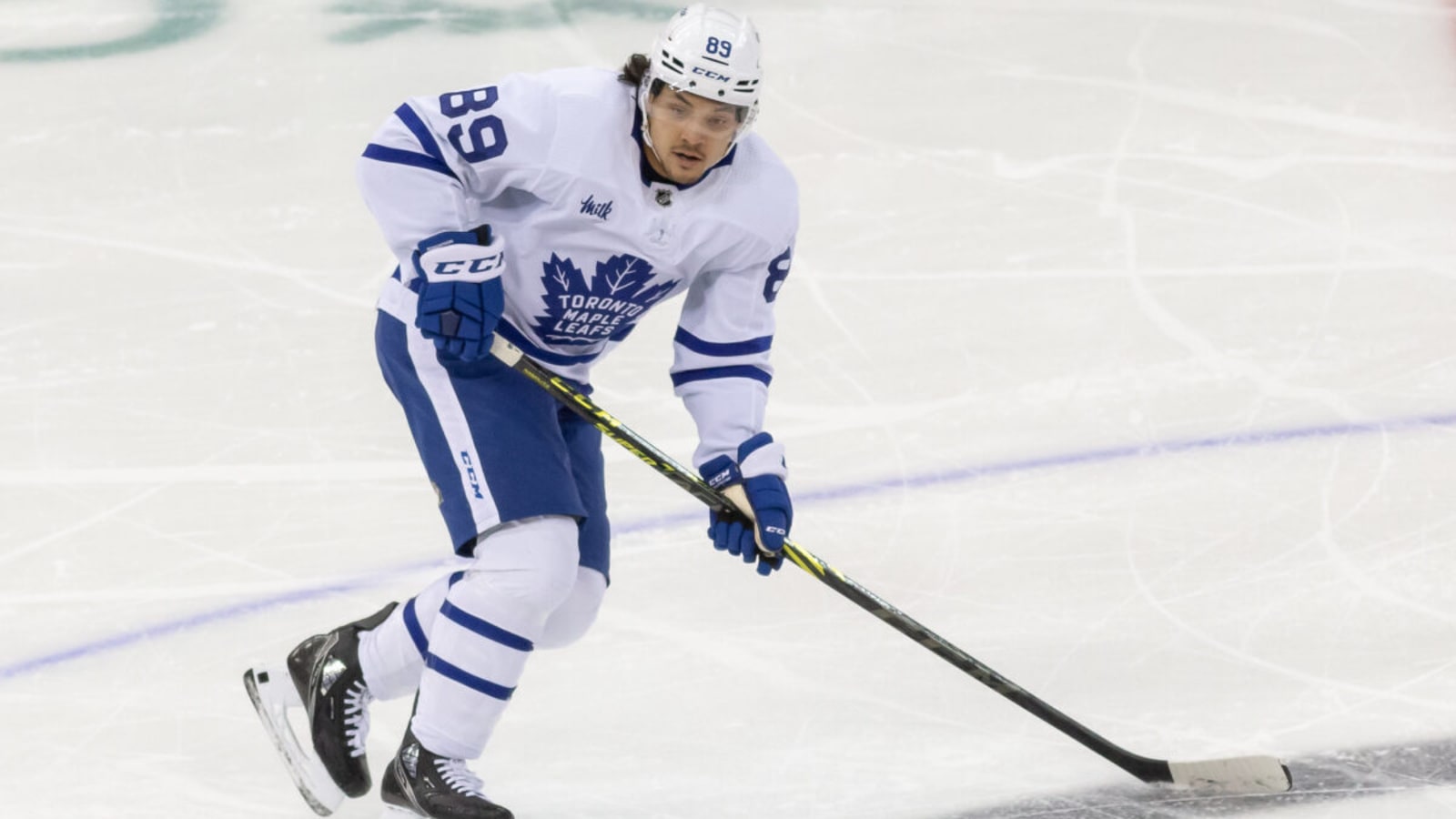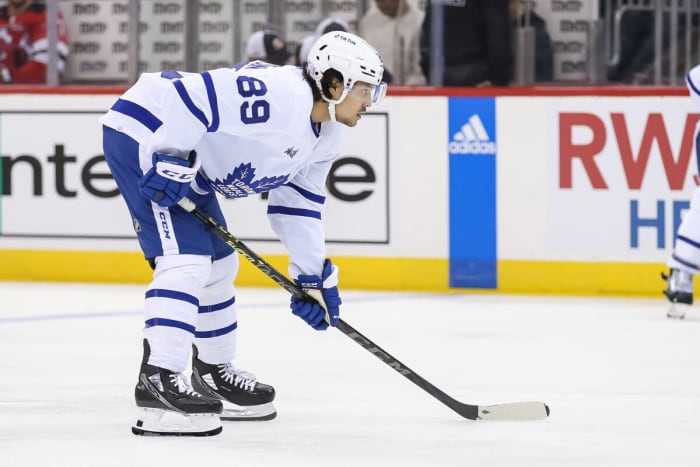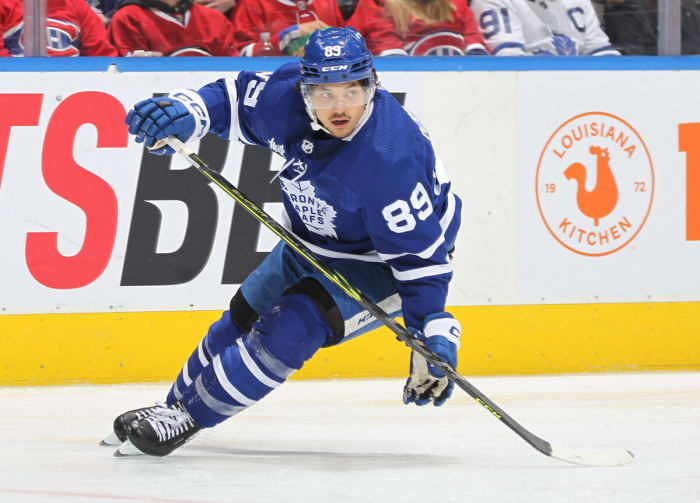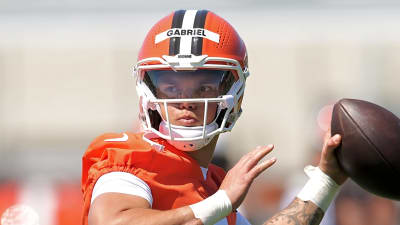
By this time, most Toronto Maple Leafs fans have heard the buzz around Nicholas Robertson’s contract situation and what his future holds. In a previous post, we laid out the basics—the contract and some of the trade talk. However, there’s a bigger story underneath all that noise. Where exactly has Robertson’s development stalled, and what’s next for this promising yet puzzling talent?
Here are three angles that build on the original coverage: the tricky coaching environment he’s faced in Toronto, a deeper look at his on-ice numbers, and a realistic take on where he might find a fresh start.
Why Robertson Didn’t Quite Fit with Toronto’s Coaching Style
We’ll start with the obvious—head coach Craig Berube is running the show in Toronto. During his first season at the helm, he introduced a system that emphasized structure, smart defensive play, and grinding out wins. It’s not exactly the kind of setup where young, high-skill players get to go out and play their game freely.
Robertson put up 15 goals and 22 points in 69 games this past season, which doesn’t look too bad at first glance. But when you dig into it, it’s clear he was never really given a long leash. No playoff time, limited minutes, and Berube’s decisions that more or less said, “Yeah, you can play in the NHL, but you’re far from a core guy.” There was virtually no chance for Robertson to show his stuff in the team’s top six. He didn’t garner enough trust from the coaching staff.
It didn’t help that he was fighting for ice time with players like Bobby McMann, who seemed to fit better with what Berube wants. And style-wise? Robertson played high-speed, generated quick shots, and was not always the most responsible player without the puck. That’s not a great match for a coach who values two-way play above everything else. Sometimes it just seemed like he was a square peg in a round hole.
Robertson’s Numbers Don’t Lie—But They Don’t Tell the Whole Story
Robertson’s stats aren’t terrible. But when you peel back the layers with analytics, things get more interesting—and a bit less flattering. His expected goals-for percentage (xGF%) sits below 50%, which suggests that the other team is generating more quality scoring chances than the Maple Leafs when he’s on the ice. In other words, the team is losing the scoring chance battle during his shifts. While Robertson does generate some offensive looks, his high-danger chance share is also low. That suggests that many of his chances come from less dangerous areas on the ice.

His shooting percentage dipped, too, pointing to some inconsistency in finishing. But it’s not all bad news. His possession numbers relative to teammates suggest he’s not a defensive liability—just someone whose offensive game needs refinement. Think of him as a young player with evident talent who’s still figuring out where to shoot from and when to be patient.
What This Means for Robertson—and the Maple Leafs
Robertson has the talent, but does he fit the Maple Leafs system? His story is a reminder that talent alone isn’t enough—you also need the right environment. Toronto’s system and Berube’s coaching style might not align with what Robertson brings to the table, and that mismatch has slowed his progress.
He’s got the raw tools but needs to polish his shot selection and overall game. Moving to a team that trusts him and gives him a defined role could be a game-changer. What could he become if he’s put in a situation where he’s relied on not just to hold the fort but to attack the opposition’s goalie?

It won’t be surprising if the Maple Leafs move him. For Robertson, it could mean a fresh start. For the Maple Leafs, trading Robertson could free up cap space and relieve some roster logjams. For fans, it would be fun to see him get a real shot to thrive elsewhere. The Pittsburgh Penguins and the Columbus Blue Jackets seem like logical fits, offering more ice time and a system better suited to his strengths.
The Bigger Picture for Robertson Beyond Rumours
Given all the context in Toronto—the coaching fit, the ice-time crunch, and the modest underlying numbers—it’s hard to ignore the writing on the wall. Robertson doesn’t appear to be part of the Maple Leafs’ long-term plans, and with a new regime focused on structure and defensive accountability, he might never receive the creative freedom he needs to thrive. Add in the emergence of younger forwards like Easton Cowan and the trust placed in players like McMann, and it becomes increasingly clear that there’s no defined path forward for Robertson in Toronto.
A trade might not just be inevitable—it might be necessary. For Robertson, a move to a team like Pittsburgh or Columbus could finally offer stability, opportunity, and a coaching staff willing to nurture his offensive instincts. For the Maple Leafs, moving on could clear up a roster spot, avoid lingering tension, and bring back an asset better suited to their current identity. Sometimes the best outcome for both sides is a clean break.
[Note: I’d like to thank Brent Bradford (PhD) for his help co-authoring this post. His profile can be found at www.linkedin.com/in/brent-bradford-phd-3a10022a9]
More must-reads:
- Islanders sign top pick of 2025 draft
- Vikings star gets suspended by NFL
- The 'MLB playoff home run leaders' quiz
Breaking News
Trending News
Customize Your Newsletter
 +
+
Get the latest news and rumors, customized to your favorite sports and teams. Emailed daily. Always free!








